The Origins of the Eosphoros Cult
The Eosphoros Cult finds its historical roots in the ancient civilizations of the Mediterranean region, particularly within the context of Greek mythology. Eosphoros, often referred to as the “Dawn Bringer,” symbolizes the arrival of light and the renewal of day. In many mythological narratives, Eosphoros is associated with the planet Venus, which serves as both the morning and evening star, connecting celestial phenomena with terrestrial celebrations. The reverence for Eosphoros can be traced back to the worship practices of the ancient Greeks, who celebrated various deities embodying light and transitions, identifying Eosphoros as a personification of dawn and hope.
Rituals dedicated to Eosphoros often included the lighting of torches and ceremonial offerings during dawn, symbolizing the tender passage from night to day. Such observances emphasized not only the importance of light but also the cyclical nature of life and resurrection that dawn represents. Various ancient texts, including those by Hesiod and Homer, reference the veneration of Eosphoros, illustrating the deity’s significance across several regions and periods. The cult’s influence then permeated subsequent civilizations, where it retained its core themes of illumination and renewal.
As the Eosphoros Cult evolved, it reflected the shifting societal values and beliefs, maintaining its relevance through different epochs. Understanding the origins of this cult provides insight into the complex integration of mythological figures into religious practices, demonstrating how ancient people sought to make sense of their relationship with nature and the cosmos.
Modern Interpretations and Practices
The Eosphoros Cult, historically associated with themes of light and awakening, has seen a resurgence in modern spiritual practices. Contemporary interpretations of the ancient traditions reflect a desire for connection to esoteric wisdom, offering insights into the current societal shifts towards holistic and spiritual well-being. Practitioners today derive inspiration from the cult’s teachings, adapting rituals and community gatherings to fit the ethos of contemporary life while preserving the integrity of the original doctrine.
Many modern adherents emphasize personal transformation and collective consciousness, aiming to foster a sense of unity among diverse groups. Through ritualistic practices, such as guided meditations and candlelight gatherings, participants invoke the spirit of Eosphoros, symbolizing hope and illumination amid life’s challenges. These rituals often blend traditional elements with modern expressions, creating a unique fusion that resonates with a wide audience. Community gatherings have also become platforms for sharing experiences and knowledge, reinforcing social bonds and spiritual growth among participants.
Scholars and practitioners are also exploring the philosophical implications of Eosphoros in a contemporary context. Discussions around light as a metaphor for knowledge, awareness, and personal awakening are increasingly relevant in today’s world, where many seek guidance amidst uncertainty. The Eosphoros philosophy encourages individuals to embrace their inner light, promoting resilience and self-discovery. This revival is not confined to traditional settings; underground movements have played a pivotal role in resonating with younger generations, who find solace in the cult’s narrative of enlightenment and liberation.
Integrating these ancient teachings into modern life reflects a broader trend of returning to roots, as individuals seek meaning and direction. The Eosphoros Cult stands as a testament to the enduring nature of spiritual wisdom, revealing how the past can inform and enrich present practices.
